Twice a year, I teach an online class about painting and illustration for Rebecca Guay’s SmArt School. For fourteen weeks, students get a no-holds-barred approach to designing compelling images that make your portfolio stand out.
No, it’s not like any art class. I ask students to come with their own mission: what do they plan to concentrate on, what direction do they want to take. Assignments are based on that approach, so everyone is working on something pertinent to their vision and all the other students get to learn from each other’s approach.
Composition, long neglected by so many centers of art education, is critical in my class. Learning to compose for curiosity and impact is the key element for compelling viewers to spend time with your work. Visual concepts begin with composition, are sustained by composition, and are changed and advanced by composition.
During the semester I do step-by-step paintings and demonstrate drawing thumbnails and idea generation. No questions are taboo. For example, we’ve had long discussions based on the simple question, ‘how do you create an edge in a painting?’
You cannot know the level to which you can raise your skills until you are deeply involved in the process. No amount of talent will solve problems until you are fully engaged and focused. ‘Thinking outside the box’ is meaningless if you can’t identify the box.
The process of becoming a good designer, a good picture-maker, a good painter, is simple, direct, and exciting. It takes time, effort, focused training, and a growth mindset. In that respect we are all similar. We start at the same level with the same effort.
My guest this semester is Mike Mrak, art director for Scientific American Magazine. Mike has a long career that I’ve watched blossom over the years. He knows how to paint and draw which is an advantage for any AD. He can speak to you on your level with the experience of having been through it all. Priceless.
The students who’ve come through my class speak highly of the amount of information we absorb through the weeks, which help to carry them further once they’re on their own. I have spaces left and I’d love the chance to help turn that corner on your work.
Check out the SmArt School website and remember to examine classes from the other instructors as well. You’ll also be able to monitor their classes to see how they fit for you.
There are a number of training opportunities online, but there’s only one SmArt School.


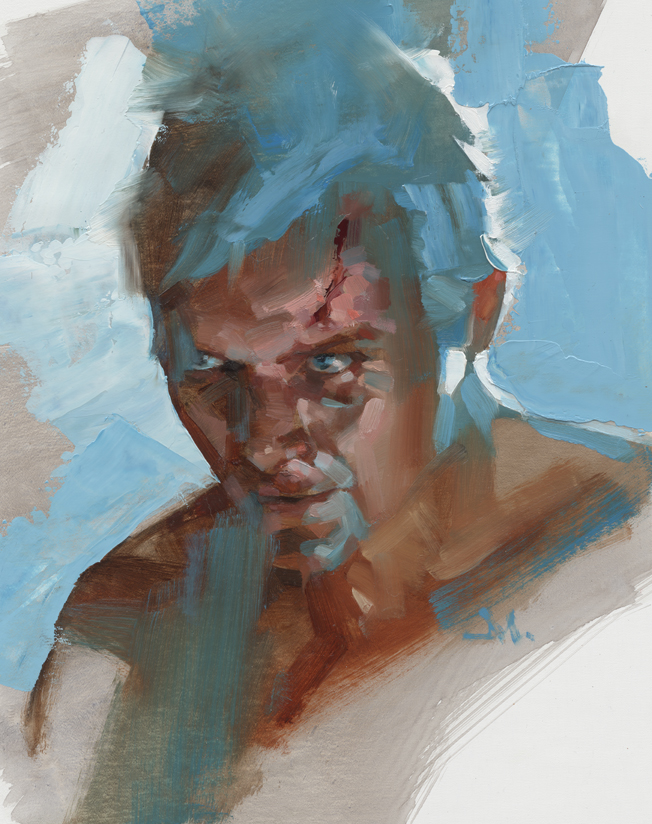

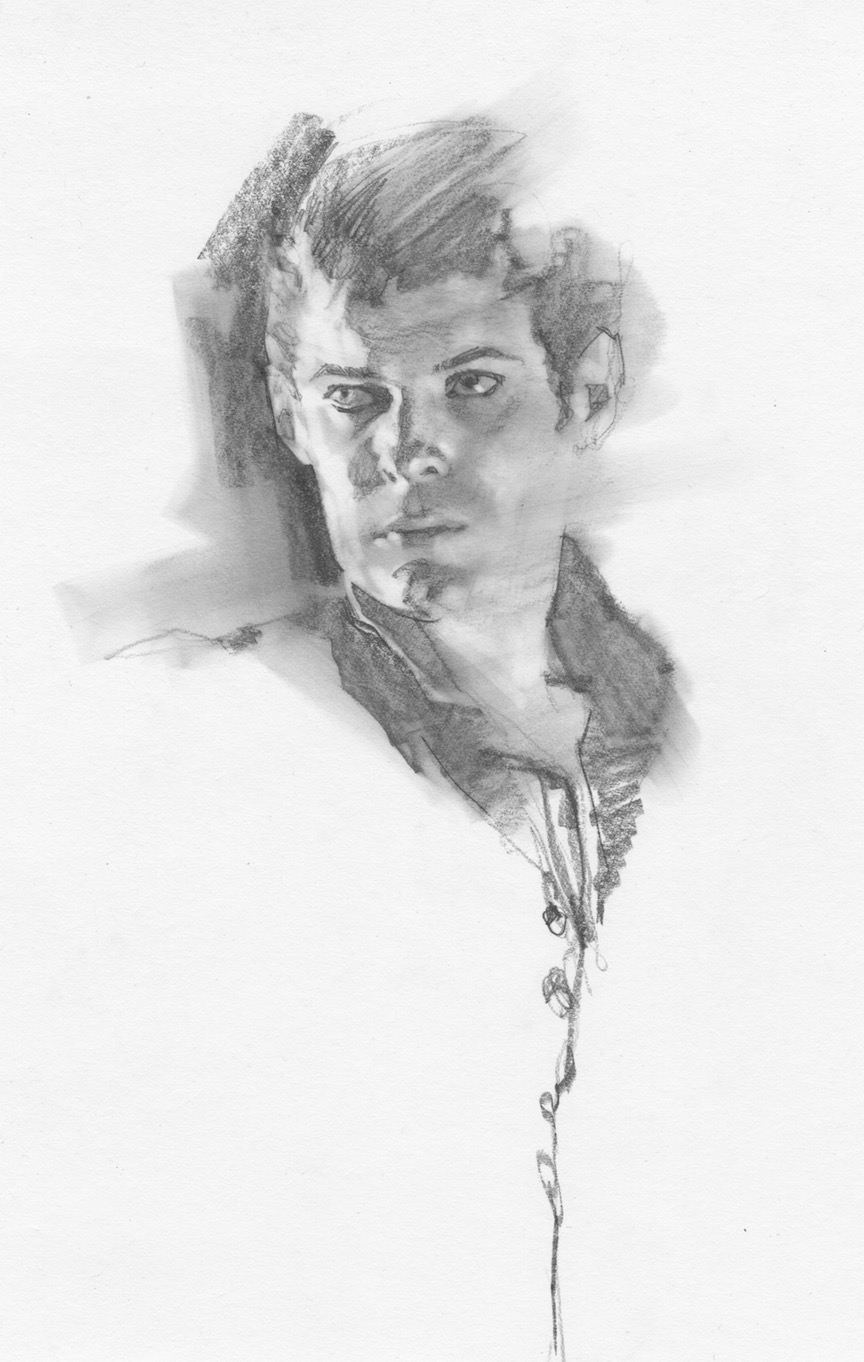
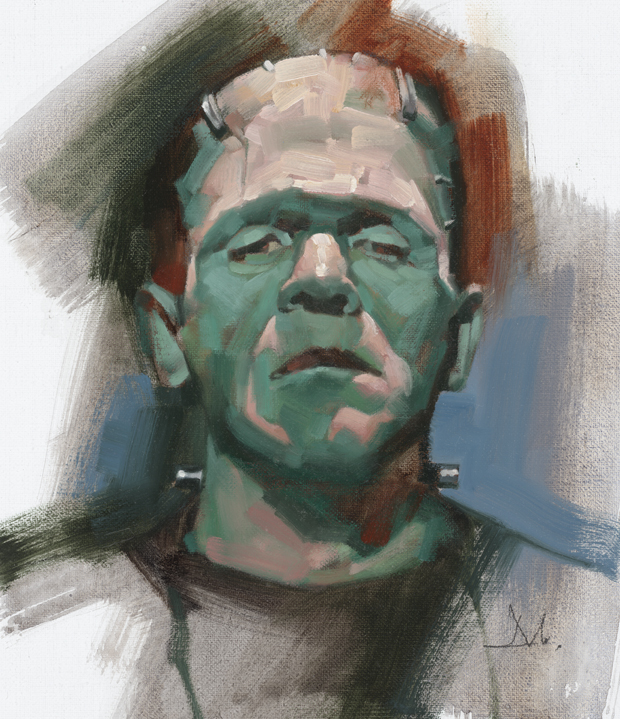

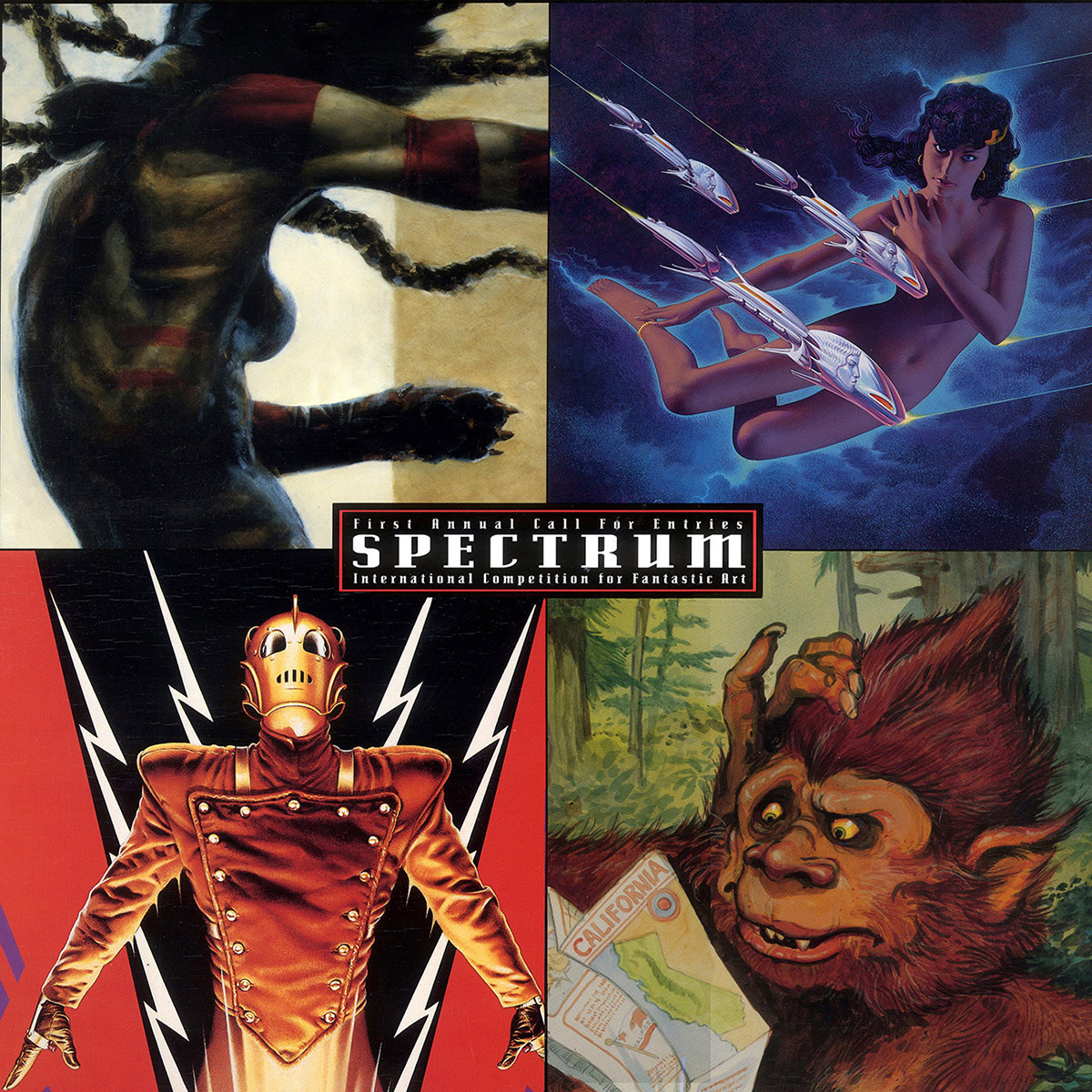
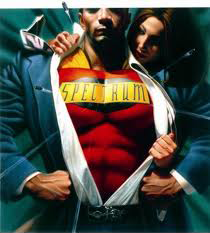

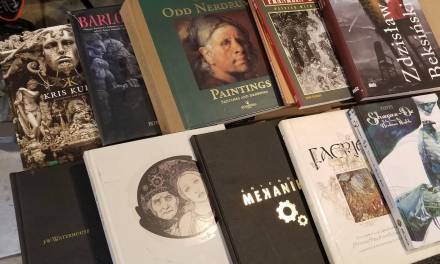
I can’t say enough good things about SmArt School, and about Greg’s course. Studying with Greg has had a *huge* impact on my work, and a measurable boost to the success of my fledgling career in fantastic art.
I’ve done several terms with Greg, and each one felt like a new plateau being reached. Last spring, I monitored Winona Nelson’s excellent and detailed class on Magic:The Gathering art, and being fired up by it, I decided I would do the assignments those students had been given on my own time. I took those in-progress pieces over to Greg’s class last autumn, and with his guidance I managed to bring all those projects to portfolio-level finish – with one of them being selected for inclusion in this year’s IBA annual.
I’ve also just completed my two first book cover commissions with Greg’s help, and I now have a *very* happy author/client as a result.
Greg is a wonderful teacher, and is relentlessly positive and encouraging. He finds your strengths, and then helps you build your skills to push even further than you thought you could go. The classes are fun and supportive. The chance to sit next to his fire is invaluable, and if you have the opportunity to take this class – do it!
I’d also like to note my experiences with Marc Scheff (and his Scheff’s Hat), Winona Nelson and of course Rebecca Leveille-Guay on the SmArt School team – they’ve all been ridiculously knowledgeable, helpful, encouraging and inspiring.
SmArt School rocks! Sign up!